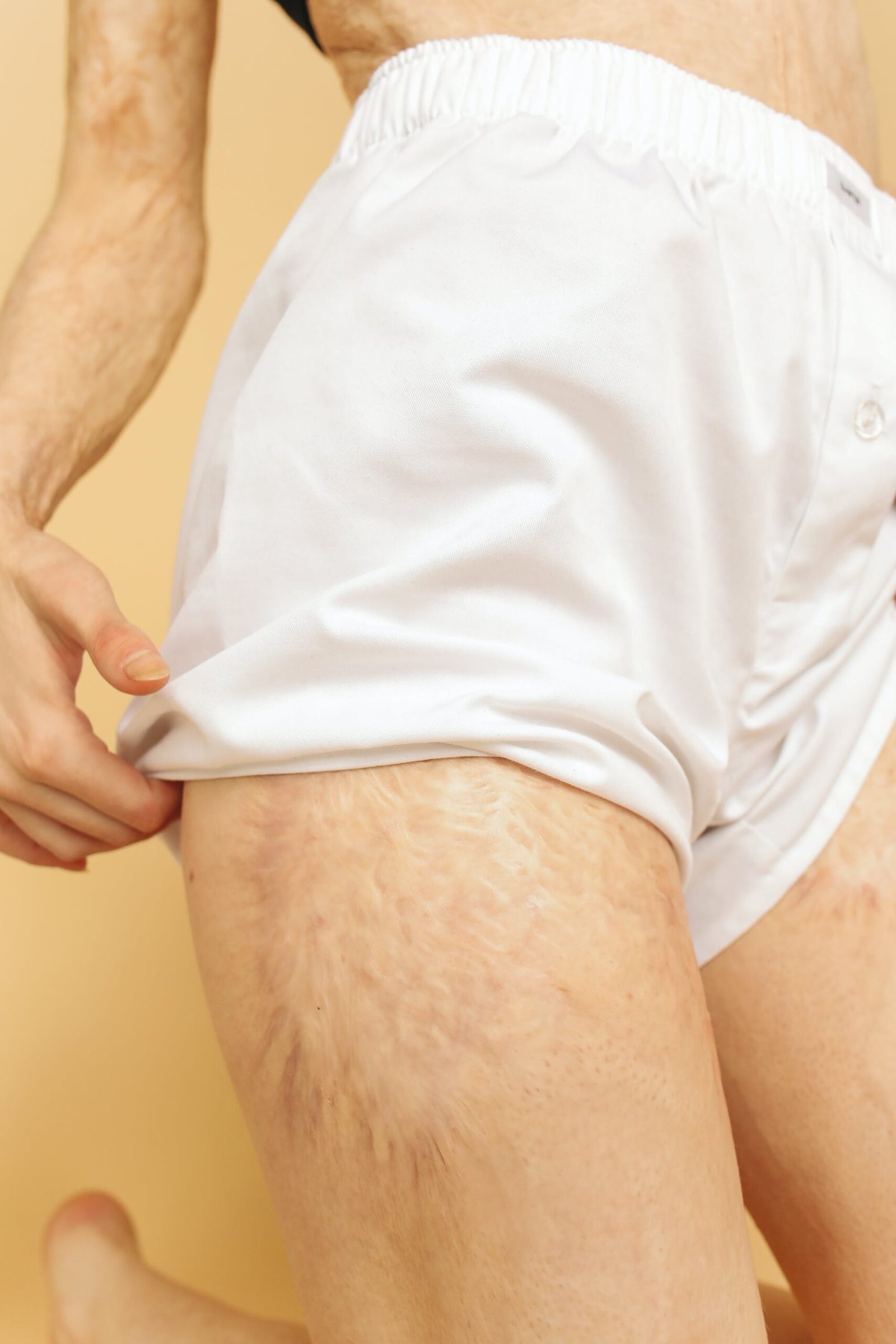
Have you ever wondered if the way you sleep affects your breathing? Well, the answer might surprise you. Your sleeping position can actually have a significant impact on the quality of your breathing throughout the night. Whether you prefer to sleep on your back, stomach, or side, each position can affect the flow of air into your lungs and potentially influence your overall sleep quality. In this article, we will explore the different sleeping positions and how they can impact your breathing patterns, as well as provide tips on finding the ideal position for better breathing during sleep. So, get ready to discover how a simple adjustment to your sleeping position can make a big difference in your overall health and well-being.

The Importance of Sleeping Position
Getting a good night’s sleep is essential for our overall well-being, and one often overlooked aspect of a restful sleep is our sleeping position. The way we position our bodies during sleep can have a significant impact on our breathing. When we sleep in a position that allows for optimal breathing, we can experience a deeper and more rejuvenating sleep. In this article, we will explore the relationship between sleeping position and breathing, discuss how different positions can impact our breathing, and provide tips for promoting better breathing during sleep.
The Relationship between Sleeping Position and Breathing
Our sleeping position can affect the quality of our breathing during sleep. When we lay down, gravity has an influence on how the air flows through our airways. In certain sleeping positions, our airways may become constricted, leading to shallow breathing or even obstructions. Conversely, some sleeping positions can promote better airflow, allowing for deeper and more efficient breathing. Understanding how different positions impact our breathing can help us make informed decisions about our sleep posture.

How Different Sleeping Positions Impact Breathing
-
Side Sleeping: Sleeping on your side is often recommended as the best position for optimal breathing. This position helps to keep your airways open and reduces the risk of airway obstructions. By sleeping on your side, you can decrease the likelihood of respiratory disturbances and enjoy a better night’s sleep.
-
Back Sleeping: While sleeping on your back can be comfortable for some individuals, it can also contribute to breathing issues. Back sleeping can cause the base of the tongue to collapse to the back of the throat, potentially blocking the airway and leading to snoring or sleep apnea. If you prefer this position, using a pillow to elevate your head slightly can help alleviate these issues.
-
Elevated Sleeping: Sleeping with your upper body slightly elevated can be beneficial for those who have difficulty breathing during sleep. By using extra pillows or an adjustable bed, you can create a more inclined sleeping position that helps to open up the airways and reduce the risk of breathing difficulties.
-
Sleeping on the Stomach: Sleeping on your stomach may not be the most optimal position for breathing. It can put strain on the neck, restrict the airways, and lead to discomfort. If you find it challenging to breathe while sleeping on your stomach, consider transitioning to a different sleeping position for better breathing and overall sleep quality.
Factors to Consider for Better Breathing during Sleep
In addition to our sleeping position, several factors can influence our breathing during sleep. By considering these factors, we can promote better breathing and improve our overall sleep quality.
-
Using Proper Pillows and Mattresses: Choosing the right pillows and mattresses that provide adequate support for your head, neck, and spine can make a significant difference in your sleep posture and breathing. Look for pillows that keep your head and neck aligned with your body and opt for a mattress that offers both comfort and support.
-
Sleep Hygiene: Establishing a regular sleep routine and creating a sleep-friendly environment can contribute to better breathing during sleep. Maintain a consistent sleep schedule, create a quiet and dark sleeping environment, and practice relaxation techniques before bed to promote a restful night’s sleep.
-
Nasal Strips and Breathing Aids: If you experience chronic nasal congestion or difficulty breathing through your nose, nasal strips or other breathing aids may help. These products are designed to open up the nasal passages and improve airflow, allowing for better breathing during sleep.
-
Weight Management: Maintaining a healthy weight can have a positive impact on breathing during sleep. Excess weight can put strain on the airways, leading to breathing difficulties. By maintaining a healthy weight through regular exercise and a balanced diet, you can reduce the risk of breathing issues while sleeping.
-
Avoiding Smoking and Allergens: Smoking irritates the airways and can lead to inflammation, making it harder to breathe during sleep. Additionally, allergens such as pet dander, dust mites, and pollen can trigger allergic reactions and worsen breathing difficulties. Avoid smoking and reduce exposure to allergens to improve breathing and promote better sleep.

Sleeping Position and Sleep Disorders
Certain sleep disorders can be influenced by our sleeping position, affecting our breathing patterns during sleep.
The Link between Sleeping Position and Sleep Apnea
Sleep apnea is a sleep disorder characterized by interrupted breathing during sleep. It is often associated with sleeping on the back, as this position can cause the tongue and soft tissues to obstruct the airway. Changing sleeping positions, such as sleeping on your side, can alleviate the severity of sleep apnea symptoms and improve breathing.
Sleeping Position and Snoring
Snoring is often the result of airflow obstruction during sleep. Sleeping on your back can worsen snoring as it promotes the collapse of the soft palate and tongue, obstructing the airway. Side sleeping or using elevation techniques can help reduce snoring and improve breathing.
Sleeping Position and Asthma Symptoms
For individuals with asthma, sleeping position can impact the severity of symptoms. Elevating the upper body slightly during sleep can help alleviate asthma symptoms by reducing acid reflux and opening up the airways. It is important for individuals with asthma to find a sleeping position that promotes optimal breathing and minimizes discomfort.
Tips for Promoting Better Breathing During Sleep
In addition to considering your sleeping position, incorporating these tips into your routine can further promote better breathing and enhance your overall sleep experience:
-
Using Proper Pillows and Mattresses: Choose pillows and mattresses that provide adequate support for your head, neck, and spine, allowing for optimal sleep posture and breathing.
-
Sleep Hygiene: Establish a consistent sleep schedule, create a sleep-friendly environment, and practice relaxation techniques to promote restful sleep and better breathing.
-
Nasal Strips and Breathing Aids: Utilize nasal strips or other breathing aids to open up the nasal passages and improve airflow during sleep.
-
Weight Management: Maintain a healthy weight through regular exercise and a balanced diet to reduce the risk of breathing difficulties while sleeping.
-
Avoiding Smoking and Allergens: Quit smoking and reduce exposure to allergens to minimize airway inflammation and improve breathing during sleep.
Conclusion
Sleeping position plays a crucial role in our breathing during sleep. By understanding how different positions can affect our breathing and implementing strategies to promote better airflow, we can enhance our overall sleep quality and wake up feeling refreshed. Remember to consider your personal comfort and consult with a healthcare professional if you have specific concerns about your sleeping position and breathing. Prioritizing a good night’s sleep and taking steps to optimize your sleeping position can lead to improved breathing and a more restful slumber.





